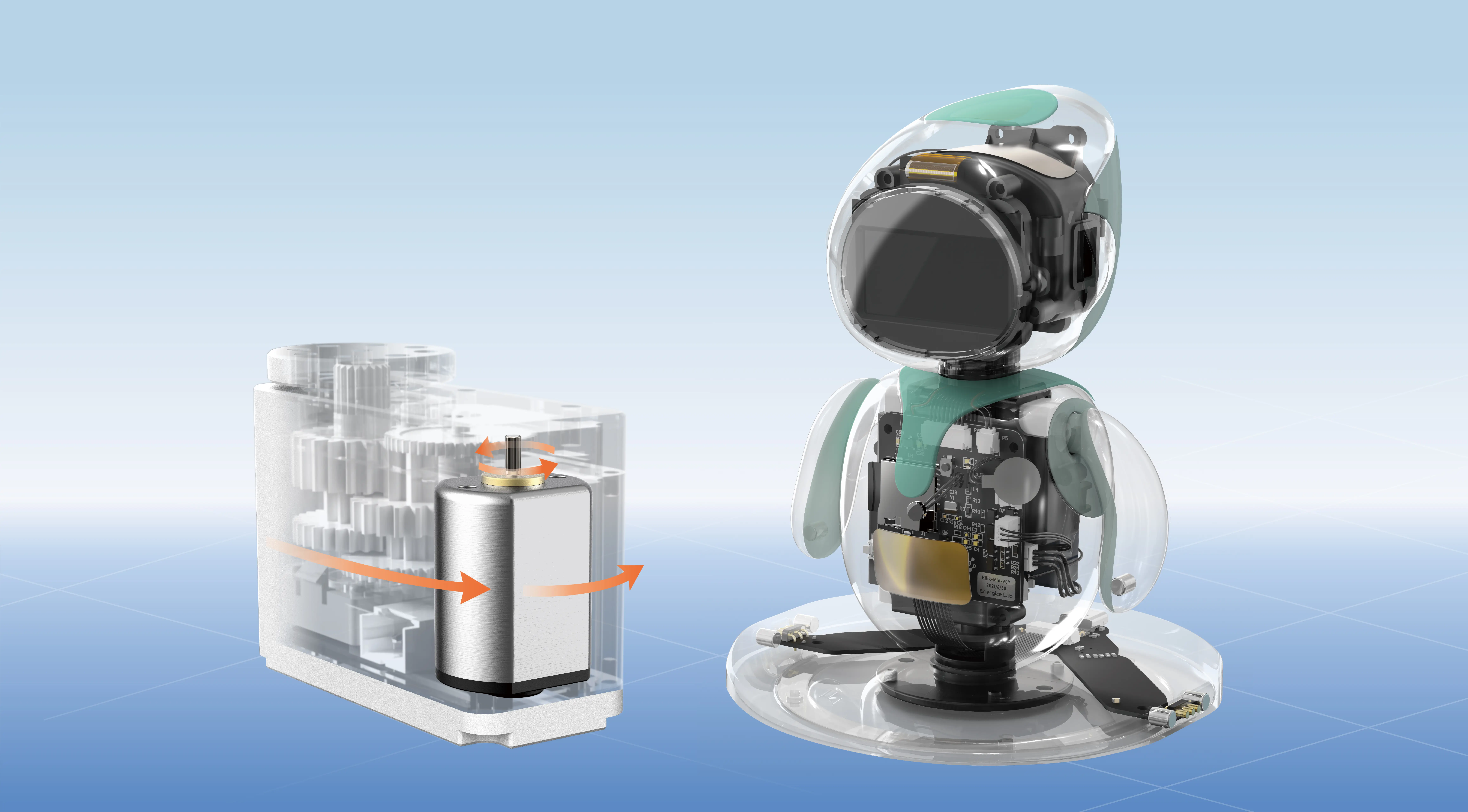When you're diving into the world of microservices, you quickly realize that communication between these services is a key element to their success. This is where gRPC comes in. But what exactly is gRPC, and how can it be the perfect solution for attaching to a microservice?

Let's break it down.
Imagine you're working with several small, independent services in your application. Each service does its own thing, whether it’s processing data, handling user authentication, or managing payments. But the problem is: how do these services talk to each other efficiently? That's where gRPC shines.
gRPC is a remote procedure call (RPC) system that’s designed to handle communication between microservices with minimal hassle. It’s faster, more efficient, and easier to set up compared to traditional REST APIs. With gRPC, your microservices can exchange data securely and at lightning speed.
So, how do you get started?
First, let’s talk about setting up gRPC in a microservices architecture. To get things rolling, you need to define the service you want to call using Protocol Buffers, or Protobuf for short. It’s a language-agnostic format that helps you define your service methods and the types of data they will send and receive.
For example, let’s say you have a payment service that needs to send payment data to an order service. You would create a .proto file that defines the structure of the data and the method that the order service will call to process the payment.
Once you've got your .proto file, you’ll generate the necessary client and server code in the programming language of your choice. Whether you’re using Java, Python, Go, or C#, gRPC has support for a wide range of languages, making it highly versatile.
Now, let’s consider a real-world scenario. You have an e-commerce platform with various microservices. The order service, inventory service, and payment service all need to talk to one another. Here's where gRPC becomes a game-changer. Since gRPC uses HTTP/2 under the hood, it supports multiplexing, which means multiple requests can be sent over a single connection. This leads to faster communication and more efficient resource usage, especially when you’re dealing with thousands of requests per second.
But what if you’re worried about scalability? That’s where gRPC’s support for load balancing comes into play. With gRPC, you can seamlessly distribute traffic across multiple instances of your services to ensure that the system can handle high traffic without breaking a sweat.
Another reason to love gRPC? It comes with built-in support for features like authentication, load balancing, and monitoring, which saves you time and effort in the long run. Plus, since it uses HTTP/2, it’s built to handle real-time communication, making it perfect for microservices that need to stay in sync.
In the end, gRPC isn’t just a buzzword. It’s a tool that can truly streamline how your microservices interact. If you want faster communication, better scalability, and more efficient performance, gRPC is definitely worth exploring.
And while there’s a lot more you can do with gRPC, starting with the basics and understanding how it fits into your architecture can make a world of difference in how your services work together. Happy coding!
Established in 2005, Kpower has been dedicated to a professional compact motion unit manufacturer, headquartered in Dongguan, Guangdong Province, China. Leveraging innovations in modular drive technology, Kpower integrates high-performance motors, precision reducers, and multi-protocol control systems to provide efficient and customized smart drive system solutions. Kpower has delivered professional drive system solutions to over 500 enterprise clients globally with products covering various fields such as Smart Home Systems, Automatic Electronics, Robotics, Precision Agriculture, Drones, and Industrial Automation.




































